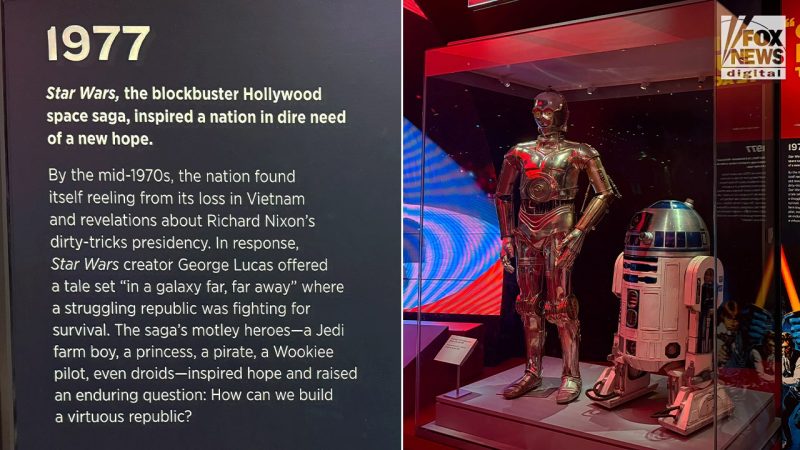
The Trump administration leveled serious accusations against the Smithsonian Institution, a renowned group of museums and research centers, claiming it promotes a biased and divisive political agenda. The administration’s criticism centers on the assertion that the Smithsonian’s exhibits and programming push a one-sided narrative, neglecting alternative perspectives and fostering political division rather than fostering education and understanding.
This isn’t the first time the Smithsonian has faced scrutiny regarding its exhibits and presentations. However, the direct attack from the Trump administration marks a significant escalation, particularly given the Smithsonian’s status as a federally funded institution. The accusations raise questions about the appropriate role of government-funded institutions in shaping public discourse and the potential for political influence in areas traditionally considered neutral educational spaces.
The specific examples cited by the Trump administration remain undisclosed, leaving room for speculation and further investigation. However, the accusations themselves suggest a broader concern about the perceived political leanings of museums and cultural institutions in the United States, a debate that has intensified in recent years. The controversy highlights the ongoing tension between the desire for unbiased education and the potential for institutions to reflect or promote particular viewpoints.
Critics have argued that the Smithsonian, and similar institutions, have a responsibility to present diverse perspectives, fostering critical thinking rather than promoting a singular narrative. Others contend that the Smithsonian’s exhibits should reflect the prevailing academic consensus, even if that means presenting a perspective that some may find controversial. This ongoing debate underscores the complexities involved in balancing educational goals with the potential for political influence in public institutions.
The fallout from this accusation is likely to be significant, prompting further scrutiny of the Smithsonian’s operations and potentially influencing the funding and direction of future projects. The controversy also raises broader questions about the appropriate role of government in overseeing and influencing the activities of federally funded institutions, and the importance of maintaining a balance between political influence and the pursuit of unbiased education.










